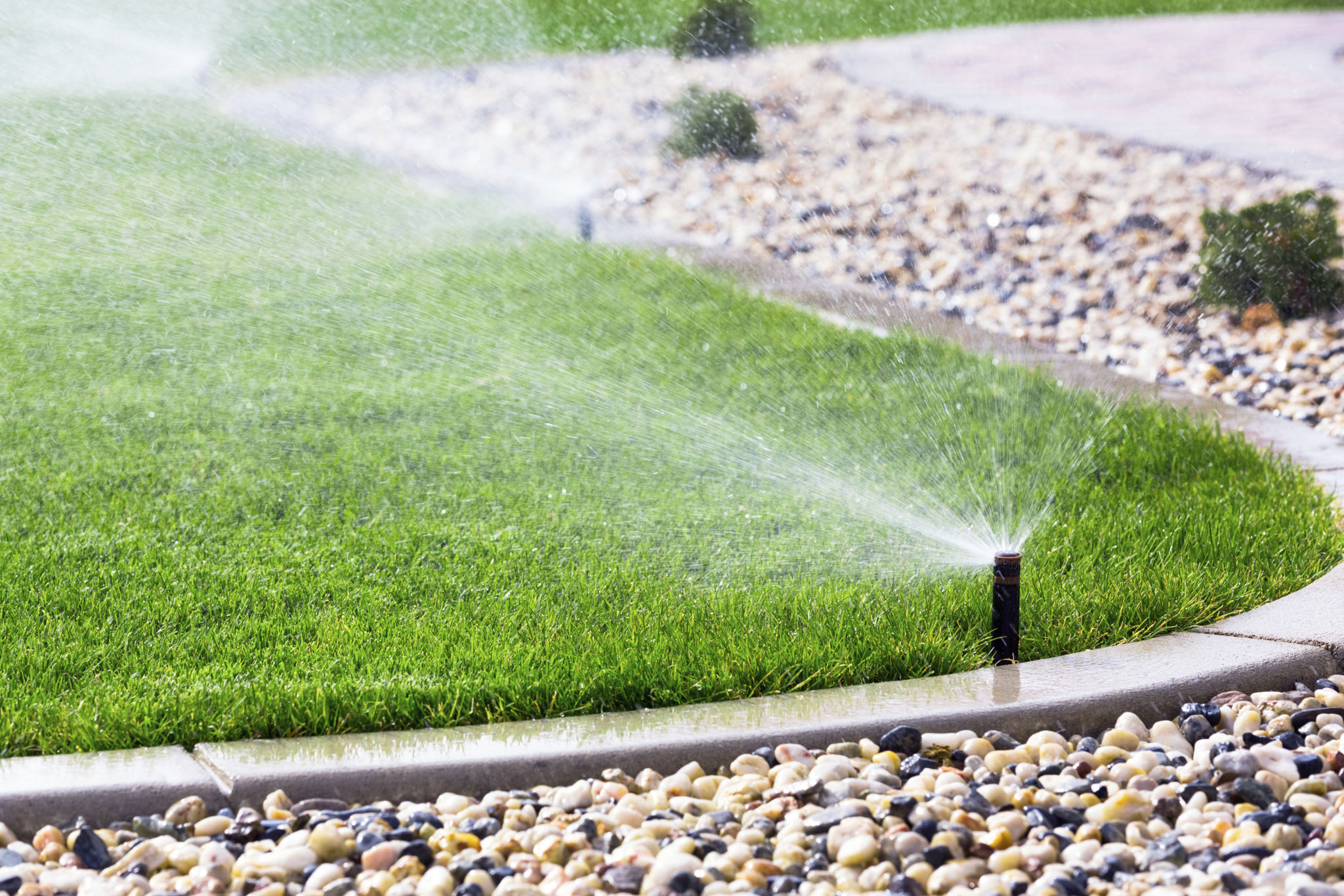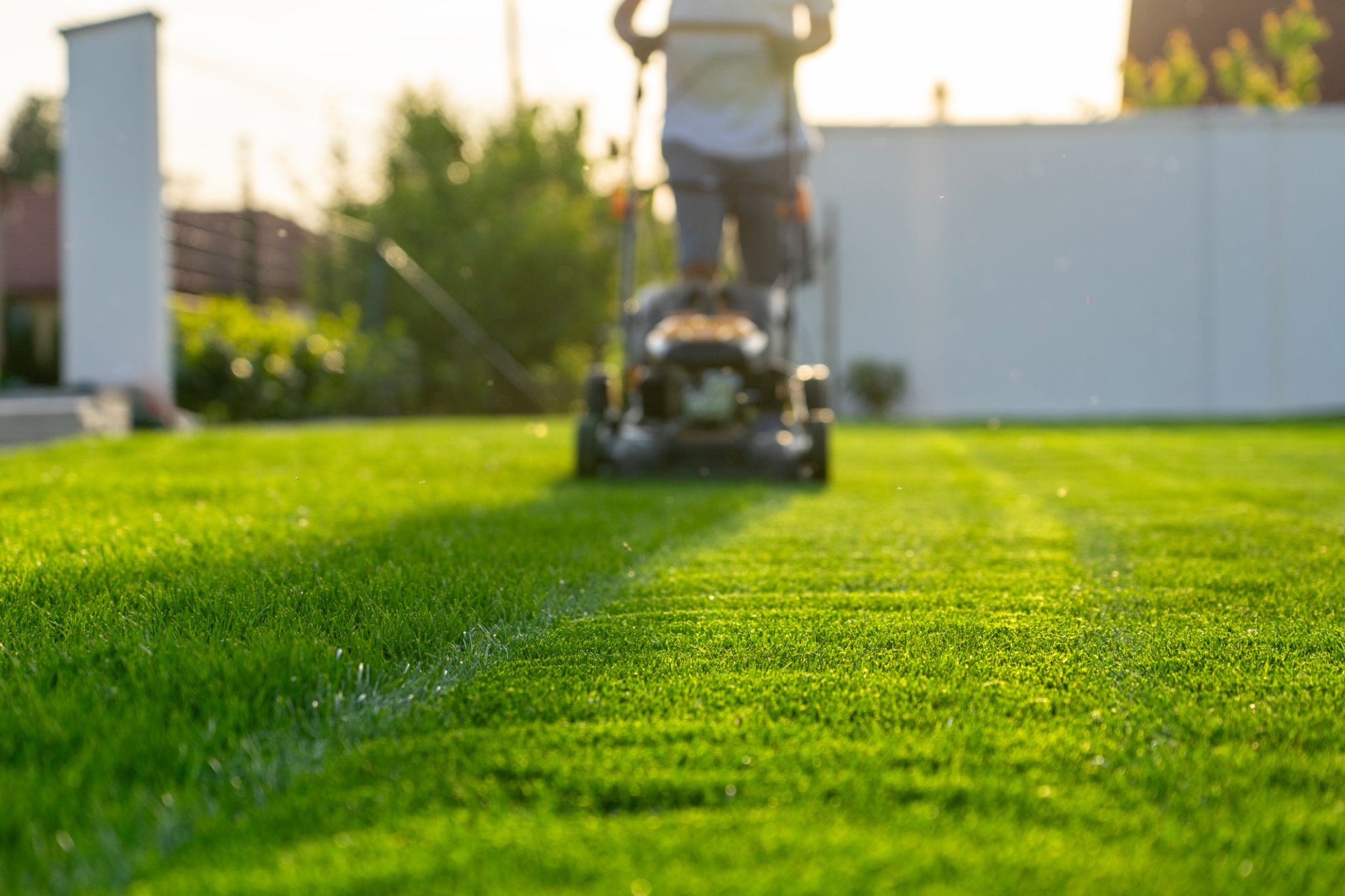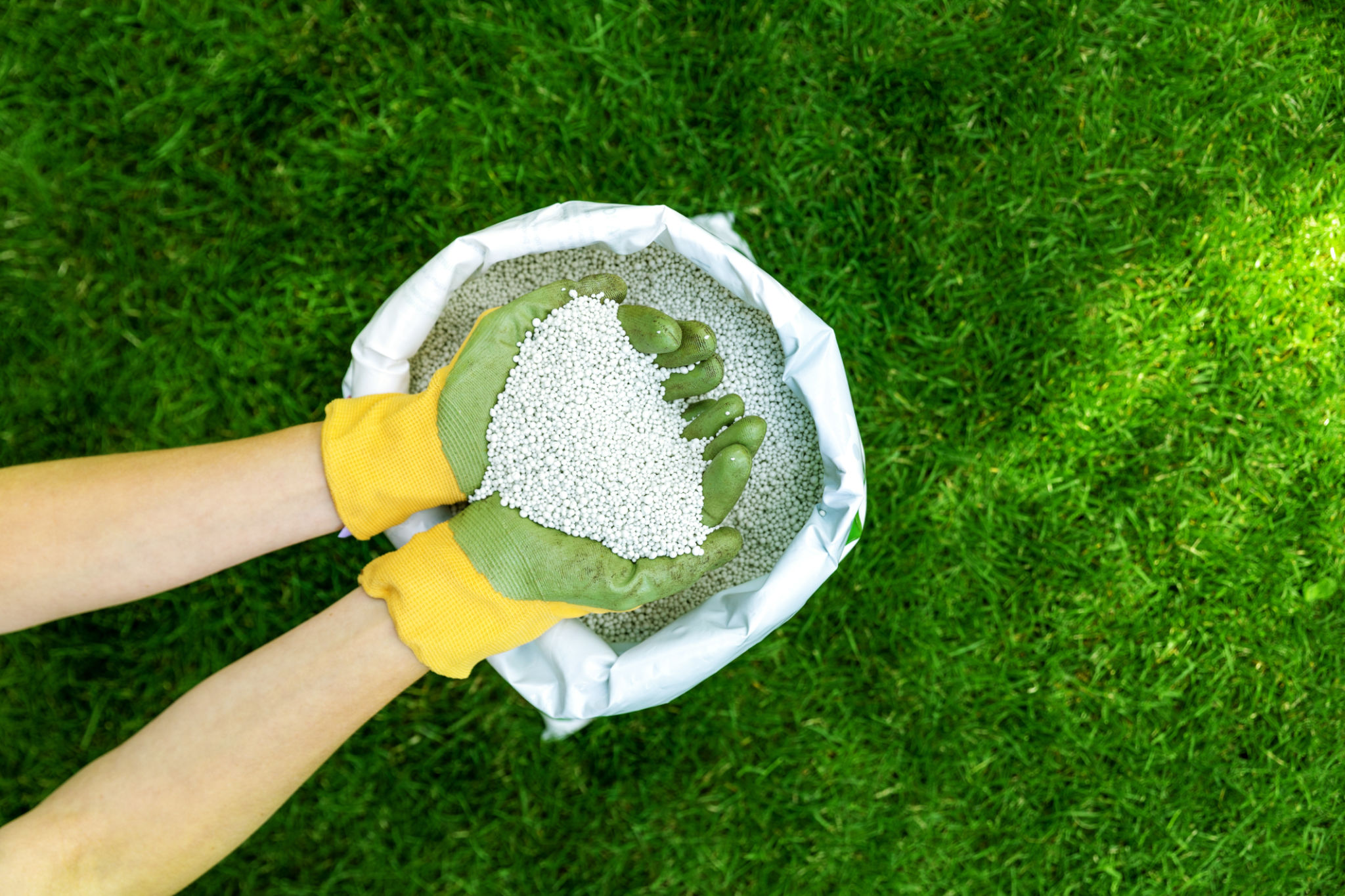Top Lawn Care Mistakes to Avoid for a Lush and Green Lawn
Understanding the Basics of Lawn Care
A lush and green lawn is a dream for many homeowners, but achieving it requires more than just watering and mowing. Understanding the basics of lawn care is crucial to avoid common mistakes that can hinder your progress. Knowing when and how to perform essential tasks can make all the difference.
The first step is to recognize your lawn's specific needs based on its type and the climate you live in. Grass species vary, and each has unique requirements for sunlight, water, and nutrients. Tailoring your lawn care practices to these needs will help foster a healthy, vibrant lawn.

Overwatering: Less is More
One of the most frequent mistakes homeowners make is overwatering. While it might seem like more water would lead to a greener lawn, excessive watering can actually damage your grass. It can lead to shallow root systems, making your lawn more susceptible to drought and disease.
Instead of watering daily, aim for a deep watering session once or twice a week. This encourages roots to grow deeper into the soil, enhancing the lawn's resilience. Use a rain gauge or a simple can to measure how much water your lawn receives and adjust accordingly.
Timing Your Watering
Timing is also essential when it comes to watering. The best time to water your lawn is early in the morning when temperatures are cooler and winds are calm. This reduces evaporation and allows the grass to absorb more water before the heat of the day.

Mowing Mistakes: Cutting Too Short
Another common error is mowing your lawn too short. While it might seem convenient, cutting grass too low can stress the plant and expose it to pests and diseases. A good rule of thumb is to never remove more than one-third of the grass blade at a time.
Keeping your mower blades sharp is equally important. Dull blades can tear the grass, leading to jagged edges that increase vulnerability to disease. Regularly check and sharpen your mower blades to ensure a clean cut.
Frequency and Pattern
The frequency of mowing depends on the growth rate of your grass. During peak growing seasons, you may need to mow once a week, whereas slower growth periods may only require biweekly mowing. Changing your mowing pattern regularly can also prevent wear patterns and soil compaction.

Neglecting Soil Health
Soil health often goes overlooked in lawn care, yet it's the foundation for a thriving lawn. Compacted soil can restrict root growth and impede water absorption. Aerating your lawn annually helps alleviate compaction by allowing air, water, and nutrients to penetrate deeper into the soil.
Testing your soil's pH balance is another crucial step. Grass thrives in slightly acidic to neutral soil. If your pH levels are off, applying lime or sulfur as needed can help adjust it to optimal conditions.
Fertilization Practices
Fertilizing is essential for providing the nutrients your lawn needs, but over-fertilization can lead to thatch build-up and nutrient runoff. Follow recommended application rates and timing for your grass type and consider using slow-release fertilizers for steady nutrient availability.

